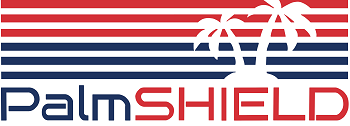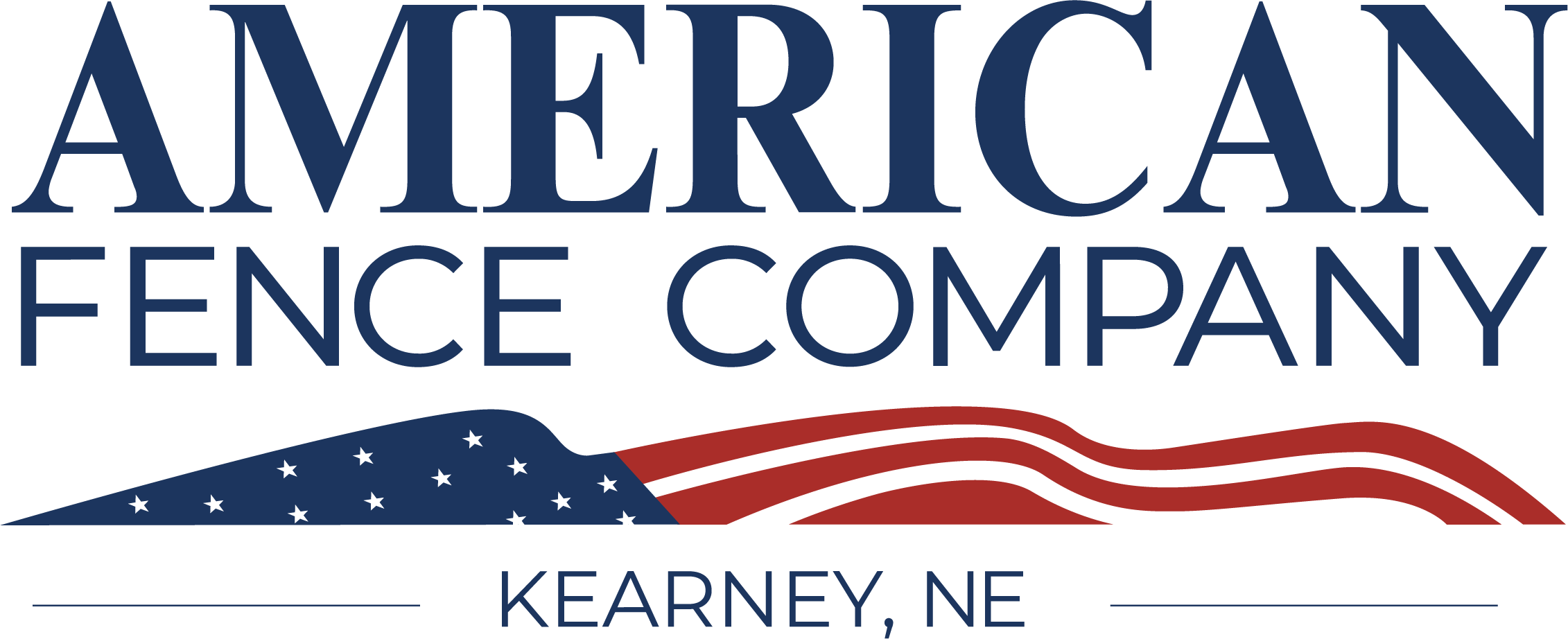Commercial Woven & Welded Wire Screening
Visibility
Woven and welded wire mesh give all the visibility and air flow of chain link while maintaining a sleeker look
Woven or Welded
These wire mesh fencing options can either have the wires woven together in a variety of patterns like fabric, or the wires can be welded together.
Material
Woven and welded wire mesh panels can be made of carbon steel, galvanized steel, stainless steel or aluminum.
Gallery
Woven & Welded Wire Screening
 PalmSHIELD’s woven and welded wire mesh screening systems reduce dependency on chain link and offers an attractive and appealing architectural alternative. Wire mesh fencing provides unobstructed visibility, aesthetics, and security while delivering a value-added screening solution.
PalmSHIELD’s woven and welded wire mesh screening systems reduce dependency on chain link and offers an attractive and appealing architectural alternative. Wire mesh fencing provides unobstructed visibility, aesthetics, and security while delivering a value-added screening solution.
Woven wire mesh is made in a similar way as many fabrics. Wires are woven together to create wire mesh in different patterns. Welded wire mesh simply lays the vertical wires over the top of the horizontal wires and use a welding process that fuses the two wires together. The most common materials used to create woven wire and welded wire mesh include stainless steel, aluminum mesh, carbon steel and galvanized steel. Heavier woven wires must be pre-crimped. The material remains very strong and firm after the crimping process.
Woven & Welded Wire Screening FAQ
What should wire mesh panels be used for?
Wire mesh screening is available for a wide use of industrial and architectural applications. Wire mesh products provide a perfect solution when you require an infill material that is open, adaptable, secure and must be aesthetically pleasing. You will see this material commonly used in parking garages, security screening, railings, canopies, dividers, etc.
Should I select woven wire or welded wire panels?
Wire mesh products are provided in a wide selection of both woven and welded wire mesh. Woven wire mesh is manufactured in much the same way as woven fabrics. Wires are woven together to create wire mesh in different patterns. The woven wires can be simple strewn over and under the perpendicular wires or the wire may be crimped around the perpendicular wire.
Welded wire mesh places the vertical wires over the top of the horizontal wires and use a welding an electrothermal welding process that fuses the two wires together.
Should my wire mesh be made of carbon steel, galvanized steel aluminum or stainless steel?
Carbon steel is an excellent choice but must be properly coated to avoid rusting or corrosion. Carbon steel may be hot dipped galvanized, powder coated or painted. The only issue with using any of the coating methods is assuring that you get 100% coverage of the mesh where one wire is placed over the other. Pre-galvanized mesh is also a good selection but the actual galvanized surface is interrupted when the wire is electrothermally fused to the perpendicular wire in a welded wire mesh. Care should be given to selecting a welded wire galvanized mesh in heavier gauges. Aluminum and stainless steel are the most popular selection as both of these materials are widely used in exterior applications with no concerns for corrosion.
What patterns are available for wire mesh panels?
There are endless pattern applications from square, rectangular, and diamond shape. Making these patterns even more architecturally pleasing is the arrangement of the vertical and horizontal wires that are grouped together in a pattern. This can also be the application for the horizontal wires. Woven wire patterns may also include alternating weaves either placed tightly together or evenly spaced apart.
What gauge should my wire mesh be?
Both woven and welded wire mesh products are available in a wide variety of gauges or thicknesses ranging from 51 gauge to 3/8” diameter. Thicker gauges may require the wire to be crimped around the perpendicular wire. One of the more popular gauges for external applications is a ¼” diameter material. This selection is both visually appealing as it is large enough to be seen from a distance and thick enough to provide real security. The designer should consider changes in temperatures, exposure and weather. We do not recommend you use a light 11 gauge material on an exterior application subject to foot traffic where someone may place their feet against the materials.
What end treatment should my wire mesh panels have?
Wire mesh products may be provided with a flush end or with vertical and horizontal wire extended. Most wire mesh products should be finished with a framework constructed of plate, angle, nosing, edging or flat bar. The designer should consider how the material will be properly framed and captured. Smaller gauges cannot be reasonably welded to framework and must be mechanically captured by sandwiching the materials between two plates.
